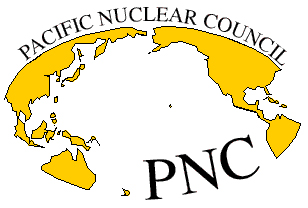Current radiation protection regulations and guidelines assume that any increase in radiation exposure above the background level causes an increase in cancer mortality and an increase in congenital malformations. However, considerable evidence has been presented that living organisms react to a small increase in radiation in a very natural way; i.e., they exhibit an adaptive response.
Several of these presentations showed that organisms adapt by intensifying their normal activity of preventing, repairing and removing cell damage. In this way, they over-compensate for the disruption, leading to improved health overall. Evidence of such stimulation has been apparent for more than a century, but there was no biological mechanism to explain this phenomenon. Advances in biology during the past decade, as described in several of the papers in these sessions, have provided the understanding.
It is important to share this information about these adaptive effects of radiation on health because the current trend toward further reductions in allowable dose may be overly conservative based on these results. An overly conservative approach to radiation protection and estimation of health effects contributes to what one might call “Radiation phobia” in the public at large, which is one of the greatest barriers to the increased use of nuclear technologies in energy, medical and many other very important applications.
Dr. Theodore Rockwell pointed out in his launch of The Realism Project (Ref: ANS Nuclear News, December 2004, pp. 10-12) that the nuclear community agonizes over its inability to communicate its message to the public, but it cannot overcome a basic problem. “Our credibility is continually undermined by ostensibly authoritative statements that no amount of radiation is small enough to be harmless and that a nuclear casualty could kill as many as hundreds of thousands of people. That message we have communicated, and therefore the public and the media are not wholly to blame for the resulting public fear of radiation and all things nuclear. We cannot expect people to believe our assurances of safety so long as we acquiesce in terrifying messages to the contrary. … Although the case is persuasive that the worst realistic nuclear casualty is less harmful than that of nuclear power’s serious competitors, the evidence has not yet been assembled into an overall documented statement and evaluation. The action urgently needed now is to prepare the case, and then discuss it within our own ranks. Until that happens, the status quo will prevail.”
The organizers, Dr. Jerry Cuttler (Cuttler & Associates, Canada) and Dr. Ron Mitchel (AECL), are to be congratulated for their success in securing the participation of the contributors to these 14th PBNC sessions. Permission to post these papers on the PNC website was obtained from all of the lead authors. For a copy of the entire 14th PBNC proceedings, please access this link: <http://www.ans.org/store>, then click on “Proceedings.”
